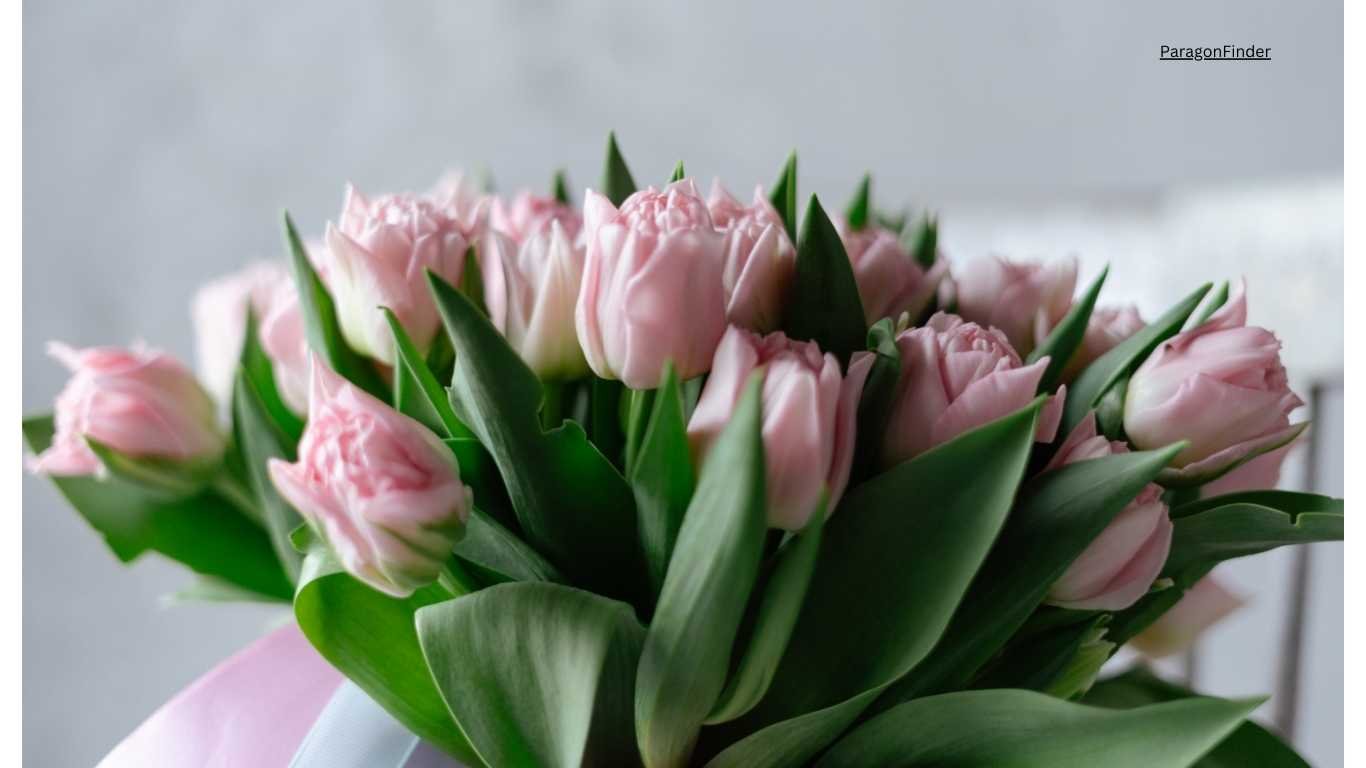There’s nothing quite like a fresh bouquet of flowers to brighten up a room. However, keeping those blooms looking vibrant and beautiful can be a challenge. Fortunately, there are science-backed tricks to extend the life of your flower arrangements. In this article, we’ll explore “5 Science Tricks to Keep Flower Bouquets Fresh,” sharing personal insights and proven techniques to ensure your flowers remain stunning for as long as possible.

1. Use Clean Vases and Fresh Water
One of the most crucial steps in keeping your flower bouquets fresh is to start with a clean vase. Bacteria and dirt can quickly build up, shortening the lifespan of your flowers. Here’s how to ensure your vase is pristine:
Clean the Vase Thoroughly
Wash the vase with hot, soapy water, and rinse it well. For added cleanliness, you can use a mixture of one-part bleach to ten parts water to sterilize the vase. Rinse thoroughly before adding flowers.
Fresh Water is Key
Fill your vase with fresh, cool water. Tap water is generally fine, but if you live in an area with particularly hard water, you might consider using filtered water. Change the water every two days to keep it clean and oxygenated.
Personal Tip
I’ve found that adding a drop of bleach to the water (just a tiny bit, about one-quarter teaspoon per quart of water) helps keep bacteria at bay without harming the flowers.
2. Trim the Stems Correctly
The way you cut the stems of your flowers significantly impacts their ability to absorb water and nutrients. Here’s the science behind it:
Cut at an Angle
Use a sharp knife or scissors to cut the stems at a 45-degree angle. This increases the surface area for water absorption and prevents the stems from sitting flat on the bottom of the vase, which can block water uptake.
Trim Regularly
Every few days, trim about an inch off the bottom of the stems. This helps remove any clogged or dead parts of the stem, ensuring the flowers continue to absorb water effectively.
Personal Tip
I prefer using garden shears for trimming stems, as they provide a clean cut without crushing the stems. Also, trimming underwater prevents air from entering the stems and creating blockages.
3. Add Flower Food or Homemade Solutions
Commercial flower food packets are designed to provide essential nutrients and antibacterial agents to prolong the life of your flowers. If you don’t have these on hand, you can create a homemade solution.
Use Flower Food
Flower food packets usually contain a mix of sugar (for nourishment), acidifiers (to maintain water pH), and bleach (to kill bacteria). Follow the instructions on the packet for best results.
Homemade Solutions
You can make your own flower food with a simple recipe: mix two tablespoons of lemon juice, one tablespoon of sugar, and half a teaspoon of bleach into a quart of water. This DIY solution can work just as effectively as commercial options.
Personal Tip
I like to experiment with different homemade solutions. Adding a penny to the vase water can help, as copper acts as a fungicide and can prevent bacteria growth.
4. Keep Flowers Cool and Away from Direct Sunlight
Temperature and light exposure play crucial roles in the longevity of your flower bouquets. Here’s what you need to know:
Optimal Temperature
Keep your flowers in a cool room, ideally between 65-72°F (18-22°C). Avoid placing them near heat sources such as radiators, ovens, or direct sunlight, which can cause them to wilt prematurely.
Avoid Drafts and Ripening Fruit
Flowers are sensitive to drafts and ethylene gas, which is emitted by ripening fruit. Keep your bouquet away from fruit bowls and drafty windows or doors.
Personal Tip
I often place my flower arrangements in the coolest room in the house overnight. This simple trick significantly extends their freshness, especially during hot summer months.
5. Remove Wilted Flowers and Foliage
Dead or wilted flowers and leaves can contaminate the water and affect the health of the entire bouquet. Regular maintenance is essential.
Prune Regularly
Inspect your bouquet daily and remove any wilted or dead flowers. This prevents the spread of bacteria and mold, keeping the remaining flowers fresh.
Remove Excess Foliage
Leaves submerged in water can rot quickly, releasing bacteria. Strip away any leaves that would be below the waterline to maintain water cleanliness.
Personal Tip
I enjoy rearranging my flowers every few days, removing any wilted parts and giving the bouquet a fresh look. This not only keeps the arrangement looking beautiful but also helps prolong the life of the flowers.
Conclusion
By following these “5 Science Tricks to Keep Flower Bouquets Fresh,” you can enjoy the beauty and fragrance of your floral arrangements for longer. Clean vases and fresh water, proper stem trimming, using flower food or homemade solutions, maintaining a cool environment, and regular pruning are all essential steps in extending the life of your flowers.
From my personal experience, these techniques have consistently proven effective, allowing me to relish the beauty of fresh flowers in my home for days, sometimes even weeks longer than expected. Give these tricks a try and see the difference for yourself!

